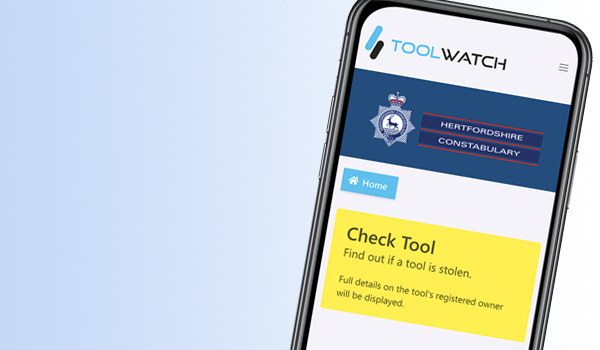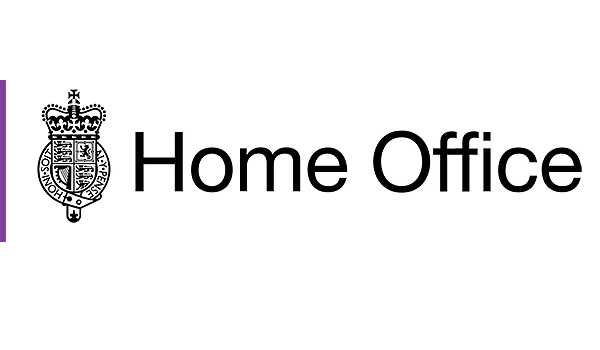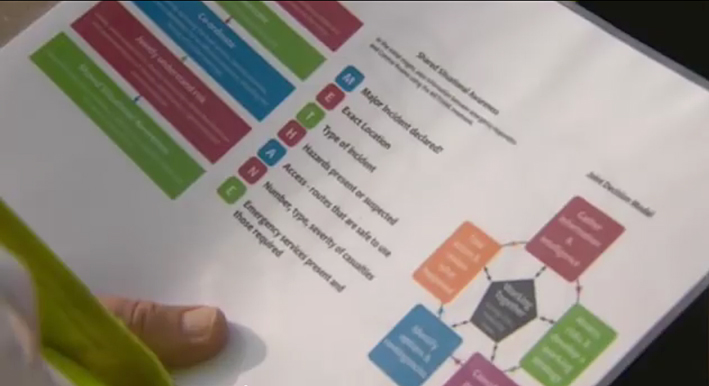On-the-spot drug testing
New Home Office-approved roadside drug-testing technology could not only save forces thousands of pounds in forensic submission costs, but also simplify and significantly speed up the justice proces.

New Home Office-approved roadside drug-testing technology could not only save forces thousands of pounds in forensic submission costs, but also simplify and significantly speed up the justice proces.
It is estimated that the average cost to prosecute a person found in possession of a small amount of cocaine for personal use is £1,500. This can be broken down into bail for the suspect, laboratory tests followed by a six to eight week wait for results, tracing the suspect again, reopening the paperwork and then taking the case before magistrates, which often results in a £100 fine. The costs are simply not proportionate. Hence the guilty plea moving to the Evidential Drug Identification Testing (EDIT) process, part of the National Policing Improvement Agencys (NPIA) Forensics21 programme.
The new drug-testing procedure simplifies and significantly speeds up the justice process for the police, the Crown Prosecution Service (CPS) and the courts.
When a person is arrested on the street for simple possession of a Class A drug, they are brought into custody, interviewed, and regardless as to whether they make any admissions, the drug is tested using the EDIT process. This involves a Home Office-approved testing kit and a CPS-approved staged reporting process, which allows a case disposal decision to be made without having to bail the person to return pending forensic analysis. If the drug test proves positive and all the elements of possession are present, that is enough for an immediate case disposal.
This means the majority of cases can be dealt with on the first occasion, resulting in cost savings in police time and forensic analysis.
For example, a Home Office-approved cocaine testing kit from D.tec International, sole UK distributor for the Securetec Detektions-Systeme AG range of instant readout, disposable drug detection products, costs just £5.
The benefits to be gained from implementing EDIT in custody suites is also generating a positive reaction from forces. The potential to reduce bail and fail to returns is significant, as is the increase in sanction detections.
Cutting costs
Ean Lewin, managing director of D.tec Internnational, believes the technology should not be seen as a replacement for laboratory testing, but that on-the-spot drug screening would reduce the number of unconfirmed samples being sent for analysis, which costs forces money.
With drugs, a laboratory GC/MS [Gas chromatography/ mass spectrometry] analysis does two things; it detects the exact compound as opposed to metabolites or cutting substances and allows a certain amount of other data to be collected, such as concentration level and cutting substance origins or mix, he explained.
But it can take weeks, even months, to receive the results, which delays cases.
Screening can be performed on site, in real-time and filters out blank or zero drug results, which would still incur a cost for analysis at the lab.
It can even be used to screen the equipment or clothing of officers to confirm that it is clean before a drugs raid.
Mr Lewin believes that if an officer is suspicious of an impairment following a field impairment test (FIT), they should be able to use a drug screener to see if the person is under the influence of illegal drugs. If the driver tests positive, a full assessment and blood sample can be arranged immediately.
In the first half of this year we managed only 3,000 drug-driving compared to roughly 100,000 drink-drive prosecutions.
And yet other European countries appear to be getting many more prosecutions. In Germany, for example, police officers conducted over a million alcohol screens. Following these screens, many officers had further suspicions about those they had stopped, and so performed rudimentary physical and mental tests on them. After these tests, if the officer still believed the suspect had used illegal drugs, the suspicion was confirmed using a further drugs roadside screen. Germany used over 150,000 of these




